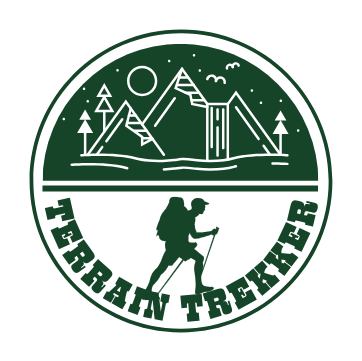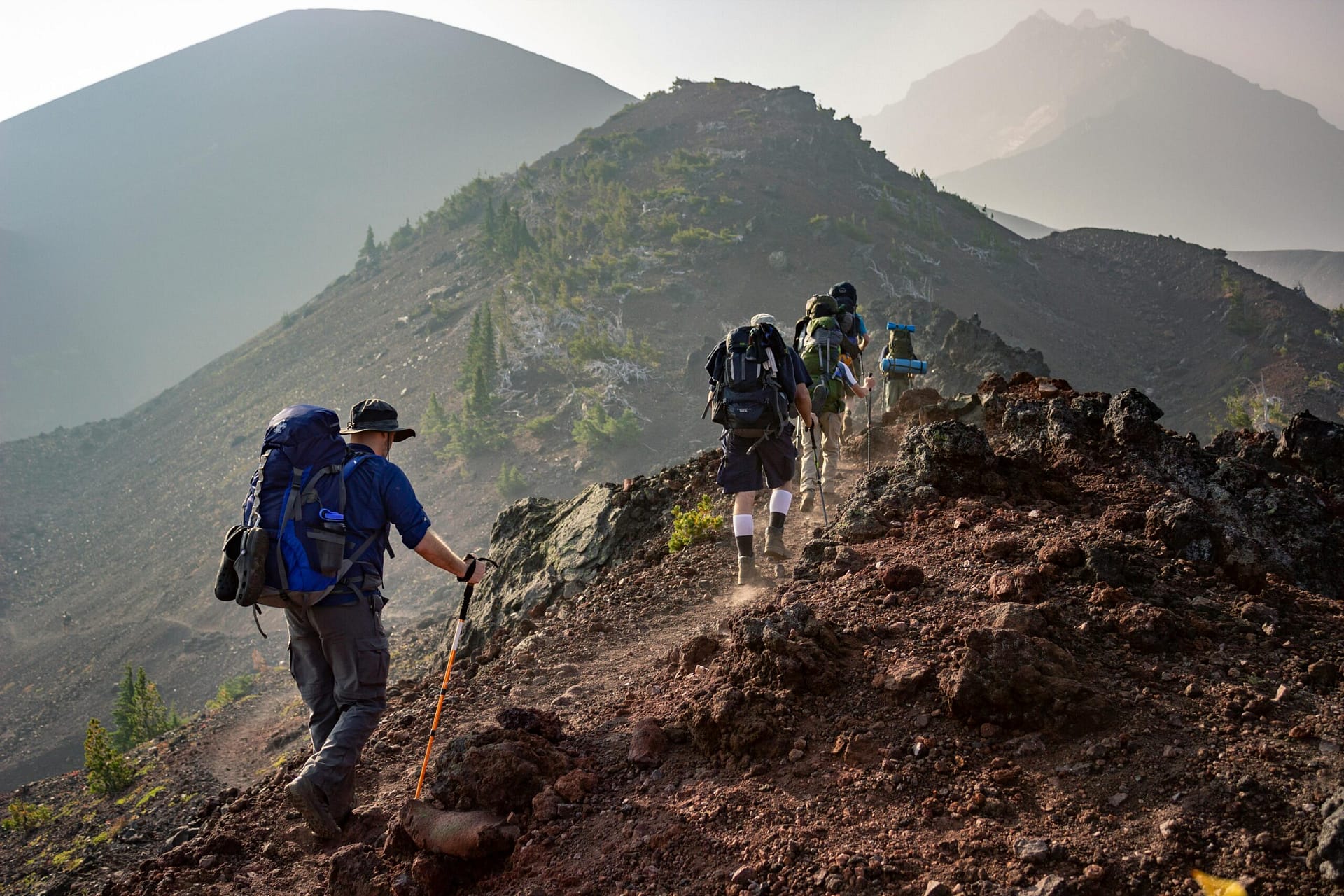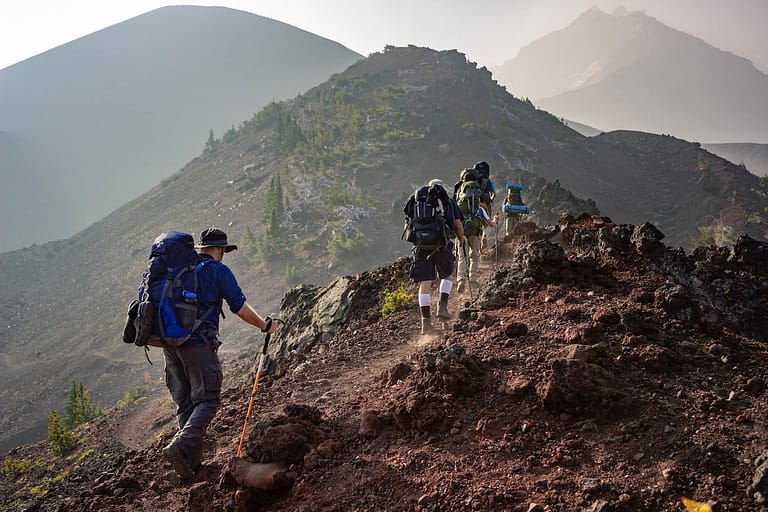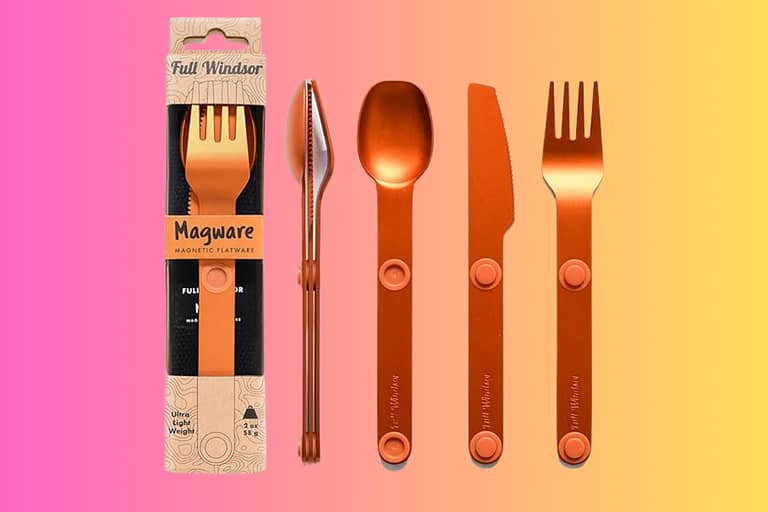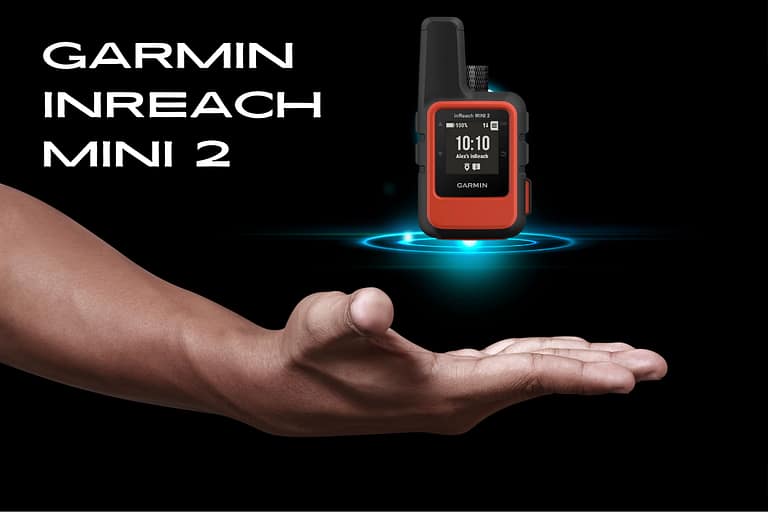In the world of outdoor adventures, backpacking offers a means of exploration and self-discovery. However, the weight of our packs can dampen the joy of hiking and camping. The solution? Ultralight backpacking. This transformative approach allows you to shed pack weight without sacrificing comfort, unlocking new dimensions of outdoor experiences. Whether embarking on a thru-hike or a weekend escape, join us on this exploration of Ultralight Backpacking: Tips for Shedding Pack Weight Without Sacrificing Comfort. Your next adventure begins with a lighter pack and a world of possibilities.
To fully embrace ultralight backpacking, it’s essential first to understand the core principles and philosophies that underpin this approach. Ultralight backpacking is more than just reducing the weight of your gear; it’s a mindset that encourages scrutinizing every item, prioritizing efficiency, and striking a harmonious balance between comfort and weight savings. Minimalism, gear weight reduction, multi-functionality, and Leave No Trace principles are integral to this approach. By understanding these principles, you’ll be better equipped to embark on your ultralight backpacking journey. This approach enhances your outdoor experience and encourages a deeper connection with nature and a greater appreciation for the freedom of a lighter pack.

Photo by Tirachard Kumtanom
Understanding Ultralight Hiking
What is Ultralight Hiking?
Ultralight hiking is a philosophy and approach that prioritizes minimizing the weight of gear carried without compromising safety or comfort. It involves meticulously evaluating each item held and opting for the lightest possible alternatives.
Benefits of Going Ultralight
The primary benefit of ultralight hiking is the reduction of physical strain. Carrying a lighter pack reduces fatigue, allowing hikers to cover longer distances with less effort. Additionally, it enables greater agility on the trail.

Photo by Andrei Tanase
Common Myths About Ultralight Hiking
There are several misconceptions about ultralight hiking. One prevalent myth is that ultralight gear is flimsy or less durable. In reality, advancements in materials and design have produced ultralight gear that is both durable and reliable. Another myth is that ultralight hiking requires significant financial investment. While some ultralight gear can be pricey, affordable options are available for those on a budget.
When considering ultralight hiking, it’s essential to separate fact from fiction to make informed decisions about gear and embrace the potential benefits without being swayed by misconceptions.
Critical Components of Ultralight Gear
The Big Three
Regarding ultralight hiking gear, the “Big Three” refers to the backpack, shelter, and sleeping system. These components typically contribute to the most weight in a hiker’s pack. Choosing a lightweight and durable bag is essential. Look for packs made from high-tech materials and with a streamlined design. For shelters, consider options like single-wall tents or lightweight tarps. Sleeping systems should include a lightweight sleeping bag and a compact pad to ensure a good night’s rest.
Choosing Ultralight Clothing and Footwear

Photo by PNW Production
Ultralight hiking demands careful consideration of clothing and footwear. Opt for moisture-wicking, quick-drying materials for clothing. Merino wool and synthetic fabrics are popular due to their lightweight nature and ability to regulate body temperature. Regarding footwear, light hiking boots or trail running shoes with good traction are ideal for minimizing weight without compromising comfort and support.
Lightweight Cooking Systems and Food Storage

Photo by Taryn Elliott
Focus on compact and efficient options when selecting cooking systems for ultralight hiking. Look for lightweight stoves, such as canisters or alcohol, and compact cookware from materials like titanium or aluminum. Food storage should also be light and easily packable. Consider using resealable, lightweight bags to store food and minimize packaging weight.
Water Treatment and Hydration Solutions

Photo by Andrea Piacquadio
Water is essential for any hiking adventure, and ultralight hikers should prioritize water treatment and hydration solutions. Lightweight water filters or chemical treatments are crucial for purifying water from natural sources. Additionally, invest in a light and collapsible water bottle or hydration reservoir to ensure easy access to water while minimizing weight.
Incorporating these critical components into your ultralight hiking gear setup can significantly reduce pack weight without sacrificing comfort or safety. Each decision should balance weight savings with functionality to ensure an enjoyable and efficient hiking experience.
Balancing Weight and Comfort
When it comes to ultralight hiking gear, finding the right balance between weight and comfort is crucial for an enjoyable outdoor experience. Making intelligent trade-offs is essential, as you aim to minimize the weight of your gear without sacrificing comfort. Here are some tips for maximizing comfort while reducing weight and the importance of testing your gear.
Making Smart Trade-offs
Before embarking on a hiking trip, carefully evaluate each piece of gear and consider its impact on weight and comfort. It’s vital to prioritize items that serve multiple purposes and are lightweight without compromising functionality. Opting for high-quality, lightweight materials can significantly reduce the overall pack weight while ensuring comfort and durability.
Tips for Maximizing Comfort While Minimizing Weight
- Invest in multi-functional gear: Choose items that serve multiple purposes, such as a lightweight sleeping pad that can double as a sit pad during rest breaks.
- Prioritize essential comfort items: While minimizing weight, prioritize carrying items that directly contribute to your comfort, such as a well-insulated and lightweight sleeping bag.
- Opt for ergonomic designs: Look for ergonomic gear that provides comfort without adding unnecessary weight, such as backpacks with adjustable padded straps for a customized fit.
Importance of Testing Your Gear
Before hitting the trails, it’s essential to thoroughly test your gear to ensure it meets your comfort and weight requirements. Conducting a trial run in a controlled environment allows you to identify any potential discomfort or issues with gear weight. Additionally, testing your gear enables you to make adjustments and substitutions as needed, ensuring a well-balanced combination of weight and comfort for your hiking excursion.
Must-Have Ultralight Gear Recommendations
Whether you’re a novice ultralight hiker or a seasoned enthusiast, having the right gear can significantly enhance your hiking experience. Ultralight hiking gear is designed to minimize weight without sacrificing comfort, allowing you to cover more ground with less effort. Here are some must-have ultralight gear recommendations to consider for your next adventure.
Tents and Shelters
When it comes to ultralight backpacking, a reliable and lightweight shelter is essential. The Zpacks Duplex Tent is an excellent choice, offering a spacious interior and exceptional weather protection while weighing in at just under 2 pounds. For solo hikers, the Big Agnes Fly Creek HV UL1 is a popular option, providing a good balance of weight and comfort.
Sleeping Bags and Pads
Ultralight sleeping systems are crucial for a restful night on the trail. The Enlightened Equipment Revelation Quilt offers customizable warmth and weight savings, making it a favorite among ultralight hikers. Pair it with the Therm-a-Rest NeoAir Uberlite sleeping pad for a winning combination of comfort and minimal weight.
Backpacks for Ultralight Hiking
Selecting the right backpack can make a significant difference in your overall hiking experience. The Gossamer Gear Mariposa 60 is a spacious yet lightweight option, featuring ample storage and a comfortable suspension system. For ultralight enthusiasts looking for a smaller pack, the Hyperlite Mountain Gear 2400 Southwest Pack offers exceptional durability and minimal weight.
Accessories and Tools
In addition to essential gear, several accessories and tools can further enhance your ultralight hiking setup. The Sawyer Squeeze Water Filter is a popular choice for on-the-go water filtration, offering lightweight and reliable performance. An ultralight backpacking stove such as the Jetboil Micromo Cooking System provides quick and efficient meal preparation without adding significant weight to your pack.
By carefully selecting ultralight gear and accessories, you can enjoy the benefits of a lighter pack while maintaining the comfort and functionality needed for extended outdoor adventures.
Packing Strategies for Ultralight Hiking
The Art of Packing Light
When it comes to ultralight hiking, the art of packing light is essential. Each item you carry should serve a specific purpose and be as lightweight as possible. Prioritize the most essential items and leave behind anything not crucial for your comfort and safety. Consider the weight-to-comfort ratio of each item and opt for multi-purpose gear whenever possible.
Multi-use Items and DIY Gear
Maximize space and weight efficiency by opting for multi-use items and DIY gear. Items like a bandana that can serve as a headband, pot holder, or even water filter, or a trekking pole that can double as a tent pole, are excellent choices for reducing weight. Additionally, consider creating your own gear, such as a homemade alcohol stove or a DIY ultralight backpack, to further minimize weight without sacrificing functionality.
Organizing Your Pack for Accessibility and Balance
Efficiently organize your pack to ensure accessibility and balance while on the trail. Store frequently used items like snacks, water, and a map in easily accessible pockets. Heavier items should be placed closer to your back and higher in the pack to maintain a proper center of gravity. Utilize packing cubes or stuff sacks to keep your gear organized and balanced, preventing unnecessary weight shifting as you hike.
For additional information on ultralight packing strategies, visit OutdoorGearLab for insights on popular ultralight gear options and packing techniques.
Safety Considerations and Skills
Navigating with lightweight gear is crucial when embarking on an ultralight hiking adventure. Utilizing GPS devices and paper maps, such as those offered by National Geographic, can provide reliable navigation solutions without adding significant weight to your pack. Learning how to use these tools effectively before hitting the trail is essential for a safe and successful journey.
First aid and emergency preparation are paramount when venturing into the wilderness. Carrying a compact first aid kit, including adhesive bandages, antiseptic wipes, and blister treatment, is essential for minor injuries while minimizing weight. In emergency situations, it’s vital to have essential items such as a fire starter, emergency shelter, and signaling devices like a whistle or mirror. Websites like REI offer comprehensive first aid and emergency gear suitable for ultralight enthusiasts.
Building ultralight safety kits involves careful consideration of essential items that prioritize weight efficiency without compromising safety. Investing in multipurpose tools, such as a multifunctional knife or a lightweight emergency blanket, can offer practical solutions for various scenarios while keeping the overall weight of the kit to a minimum. Staying informed about the latest lightweight safety gear options, through resources like Backpacker Magazine, can help hikers make well-informed decisions when assembling their safety kits.
Ultralight Hiking in Different Conditions
Adapting Gear for Weather and Terrain
When embarking on an ultralight hiking adventure, it’s essential to tailor your gear to the specific conditions you’ll encounter. Whether you’re facing scorching desert heat or navigating challenging mountain terrain, adapting your gear can make all the difference.
By investing in versatile clothing and equipment, such as moisture-wicking layers and lightweight, durable tents, hikers can adjust their gear to suit the demands of diverse environments. Additionally, incorporating multipurpose items like trekking poles with snow baskets can provide stability in various terrains, ensuring a seamless hiking experience across different landscapes.
Ultralight Strategies for Desert Hiking
Hiking in desert environments demands a specialized approach to ultralight gear. With the scorching sun and limited water sources, it’s crucial to prioritize lightweight, breathable clothing and ample sun protection. Ultralight, collapsible water bottles, and sun hats offering UV protection can significantly affect desert hiking comfort and safety. Investing in reflective, heat-resistant shelter options can provide much-needed relief from the intense desert sun.
When trekking through desert landscapes, hikers should also consider carrying multi-use gear, such as lightweight tarps that can serve as shade and wind protection. These strategic adaptations ensure that hikers can minimize weight without sacrificing vital comfort and safety elements in desert conditions.
Gear Tips for Mountain and Alpine Hiking
Navigating mountainous and alpine environments presents its own challenges, requiring specialized ultralight gear strategies. Hikers venturing into these terrains should prioritize insulation and weather-resistant gear, focusing on lightweight but warm layers and compact, high-performance sleeping bags.
Investing in crampons and lightweight ice axes can provide essential traction and stability when traveling across snow-covered or icy terrain. Additionally, incorporating ultralight, yet durable, cooking equipment ensures that hikers can sustain themselves with warm meals at higher elevations without burdening heavy gear.
By embracing these gear tips for mountain and alpine hiking, adventurers can navigate challenging environments with confidence, knowing they have the necessary ultralight gear to tackle a range of conditions.
Budgeting for Ultralight Gear
When delving into the world of ultralight hiking gear, it’s vital to consider your budget and make informed decisions to balance cost and quality. Understanding where to allocate your resources and where you can cut costs is crucial. Here are several factors to consider when budgeting for ultralight gear:
Cost vs. Quality in Ultralight Equipment
Investing in ultralight gear often means encountering a trade-off between cost and quality. While high-quality gear may come with a higher price tag, it often boasts enhanced durability, functionality, and comfort. It’s important to weigh the long-term benefits of superior quality gear against the immediate cost savings of budget options.
Where to Invest in Your Gear
Specific gear, such as backpacks and sleeping systems, are worth investing in for long-term use. Quality backpacks, sleeping quilts, and sleeping pads are crucial for comfort and safety during extended hikes. Allocating a significant portion of your budget to these core items can enhance your overall hiking experience.
Saving Money Through Gear Swaps and Secondhand Purchases
Consider participating in gear swaps or purchasing pre-owned gear from reputable sources to save on costs. Many outdoor enthusiasts frequently upgrade their equipment, offering the opportunity to acquire gently used, high-quality gear at a fraction of the retail price. Watch online marketplaces and forums dedicated to outdoor gear to find budget-friendly options.
You can assemble a reliable ultralight gear setup without breaking the bank by carefully balancing cost and quality, strategically allocating resources, and exploring secondhand options.
Ultralight Hiking Community and Resources
Ultralight hiking is more than just a hobby; it’s a community of like-minded individuals who share a passion for exploring the world while minimizing the weight of their gear. Joining online forums and groups is a great way to connect with experienced ultralight hikers, share tips, and seek advice on gear choices. Websites like BackpackingLight.com and UltralightSubreddit.com offer valuable insights and lively discussions on the latest gear and techniques.
Books and guides are also essential resources for ultralight hikers. Titles like “The Ultimate Hiker’s Gear Guide” by Andrew Skurka and “Ultralight Backpackin’ Tips” by Mike Clelland provide comprehensive advice on gear selection, packing techniques, and outdoor skills tailored specifically for ultralight hiking. These resources are invaluable references for hikers looking to minimize weight without sacrificing comfort.
Furthermore, workshops and events offer hands-on experiences and networking opportunities within the ultralight hiking community. Organizations like the Appalachian Trail Conservancy and local outdoor retailers often host workshops covering topics such as lightweight cooking methods, navigation with minimal gear, and gear demos. Attending these events can provide valuable insights and foster connections with fellow ultralight enthusiasts.
Conclusion
Ultralight backpacking offers a transformative approach to shedding pack weight without sacrificing comfort, allowing you to embrace the beauty of the journey entirely. You can embark on outdoor adventures with a lighter pack and a deeper connection with nature by prioritizing minimalism, gear weight reduction, multi-functionality, and Leave No Trace principles. Embrace the principles of ultralight backpacking to unlock new dimensions of your outdoor experiences and savor the freedom that comes with minimizing your environmental impact.
